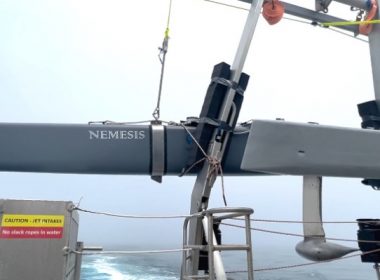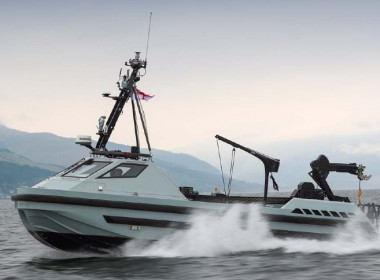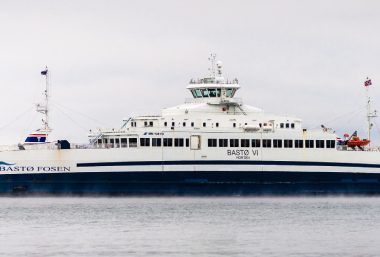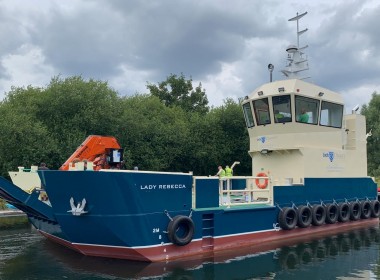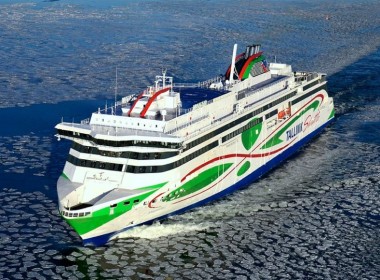FEATURE | Estonian project to utilise autonomous craft for fish stock surveys

The Estonian Marine Institute (EMI) at Estonia’s University of Tartu has begun a project that seeks to develop a new type of remotely operated, autonomous seagoing vessel to be used primarily for assessing fish stocks.
The EU-funded project came about after it became evident that vessel surveys can typically be expensive, time-consuming, and potentially hazardous, as human crews are put at risk when enduring rough sea conditions.
The project proponents at the EMI have assessed that the sonar sampling could be conducted using smaller vessels, since the sonar itself is quite small (less than 100 kg) and the system is very reliable. The goal is thus to use an unmanned vessel for the sonar work and reserve larger survey vessels for other duties such as trawl sampling.
Separate platforms working in tandem
Using two vessel types would significantly reduce the working time of the manned vessel, which has a large crew complement and consumes significant quantities of fuel. The researchers behind the project have calculated that currently, with 10 to 12 hours of daily sonar recording, only three to five hours are spent on the trawl samples. With an autonomous vessel conducting the sonar recording, the time saving on the large vessel would be around 25 per cent. This would translate into fuel savings and hence CO2 emissions reductions.
As an example, the project beneficiaries have calculated the direct reduction in survey vessel use: the annual Gulf of Riga herring survey would need 25 per cent less survey vessel time if just parts of the sonar work could be carried out by autonomous vessels, and this would not even need any changes in survey planning. With more thorough testing and analysis, the reductions would be even greater.
Provided there is reliable internet connectivity, an autonomous vessel can be monitored and controlled from nearly any location, ensuring the safety of human operators. Also, the significantly reduced fuel costs mean that the savings could be re-allocated to collect more data and hence improve assessments of fish stocks.
The prototype autonomous vessel developed for this project is 6.2 metres long and 2.5 metres wide. It currently has a hybrid propulsion system, running on both diesel and electricity, and its range can be easily extended by the incorporation of a larger fuel tank. The current estimated duration of the vessel is 36 hours, or a range of 180 nautical miles at a working speed of five knots. EMI said such speed is possible even while the craft is carrying up to 400 kg of instruments.
Overcoming design challenges
There are, however, some technological limitations, mainly in terms of energy storage, thus preventing the vessel from covering the entire Baltic Sea on a single battery charge. A generator is presently installed in the craft to extend its range, though future technical advances related to batteries and hydrogen technology may make the latter power supply alternatives more viable.
Another current limitation is the quality of data connection available at sea. The project team hopes this situation will improve over time as other marine users identify similar needs.
The use of this kind of vessel is planned at first for the entire coast of Estonia, and in the future for the whole of the Baltic Sea.



